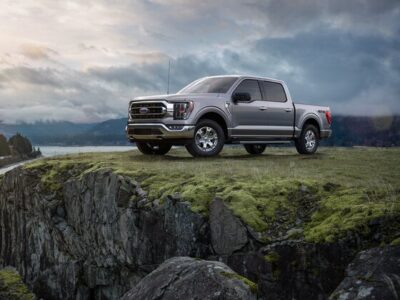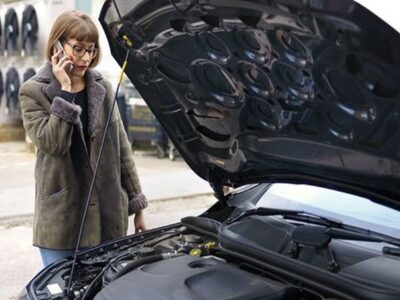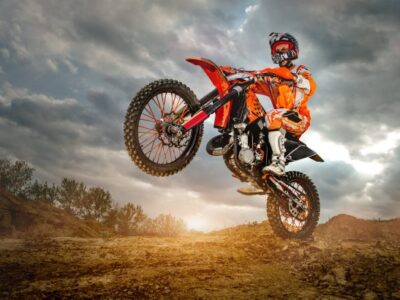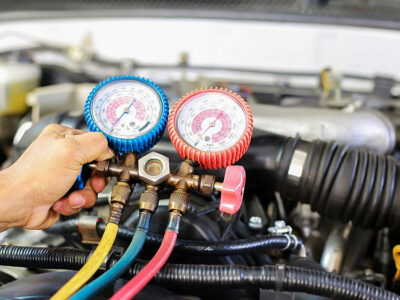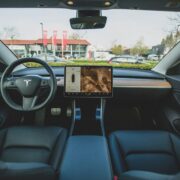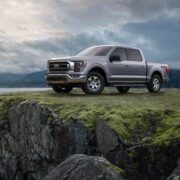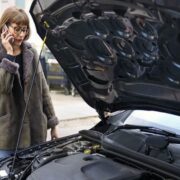
The magic puck on the central console with pictograms of different modes has recently become a familiar attribute of SUVs. Sometimes this is a set of buttons or even touch panels, but the meaning does not change. The controllers switch different driving modes for various conditions pre-selected by engineers, packaged in a beautiful name, like the Range Rover’s Terrain Response, and noticeably changes the nature of the car driving. What is the purpose of these modes, and how do they work?
What Are Driving Modes?
Driving modes in the best modern SUVs are purely electronic systems, including subsystems for direct control of the engine, gearbox, transfer case, rear differential, suspension, and brakes (in terms of traction control). It includes all the smart components responsible for the movement of an SUV.
Engine management changes how the throttle works, making it less abrupt off-road than on pavement. This is done to control torque so that, for example, on ice, the car does not start to spin its wheels madly from the first inches of movement, even if you stomp on the gas pedal with all your might. At the same time, when driving on stones, the increase in torque will be faster and more efficient – here, the grip is better, and often the maximum output of the motor is required. The box also changes the gearshift algorithm, making each of them longer – stretched. This helps to overcome obstacles easily, using the engine torque to the fullest, and also makes it easier for the driver to manage traction.
The control of the transfer case and the rear differential allows you to block them automatically, depending on the selected mode, giving preference to cross-country ability or controllability. The smartest of these systems are even able to predict the blocking moment without producing it ahead of time. This makes it possible to maintain maximum controllability while driving, locking the differential only when wheel spin is inevitable, and leaving the differential free (or almost free) the rest of the time. Such subtleties are in demand not only when driving on a heavy off-road but also when overcoming difficult sections at high speed since they allow building a trajectory very accurately.
The air suspension, according to signals from acceleration sensors, and depending on the selected program, changes the car height above the road, increasing the ground clearance and the angles of entry and exit.
But, perhaps, the most crucial contributor to the off-road capability of a self-driving SUV is the braking system since it ultimately determines how much each wheel will spin, if at all. An experienced driver can somehow change the choice of the operating mode of the gearbox, transfer case, and motor manually. However, a human will not even have enough limbs to work separately with four-wheel brakes, let alone reaction or observation.
All this together allows the SUV to very accurately use its full potential, activating it where it is necessary to the fullest, and in other cases, save the resource of the nodes and not overload the driver with control difficulties.
How effective is this system?
Experts from Indy Auto Man believe that with the advent of automatic driving modes, the ability of a car to overcome obstacles has grown head and shoulders. First, electronics react to all changes faster than a person can notice and operate with a long list of possibilities with all its instantaneousness. Also, the embedded mode algorithms allow the driver to very approximately determine the quality of the road surface without going into the intricacies of the difference between pure ice and packed snow. The electronics itself will determine the limit of adhesion and will give out exactly as much torque as the conditions require. Moreover, it will do it as comfortably as possible without annoying the driver and passengers with excessive jerks or rocking. The only thing the driver still has to do manually is to turn off the ESP system in most modes so that the electronics, having noticed a slipping wheel, do not inadvertently turn off the engine.
Each of the driving modes is selected for its conditions – Road, Gravel / Snow, Mud / Rut, Sand, Stones, Ford – the names speak for themselves. However, drivers in large cities like Indianapolis do not use them, relying on their experience and the feel of the road. But even though automation will not change the mode, it will not allow you to break something in the car. Of course, there remains the risk of reducing the resource of an element operating at the limit, but most likely, the system will prudently limit this.
There is another feature of the operation of such systems – they very clearly display everything that happens. To a novice driver, this may seem like just an entertaining animation. But an experienced driver will be prompted by the algorithm of the correct actions, which will further increase the potential of an SUV.


